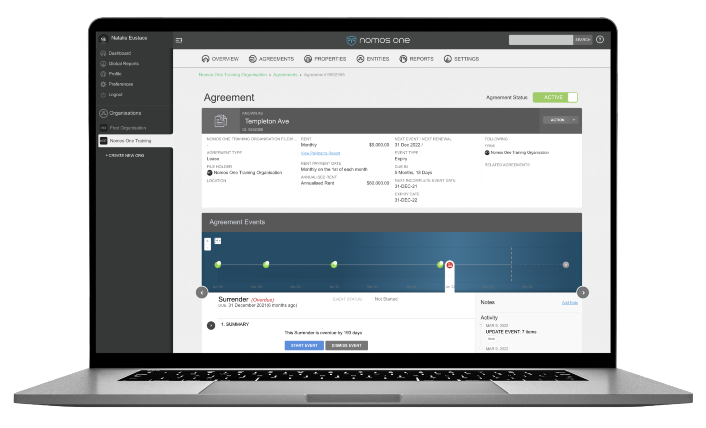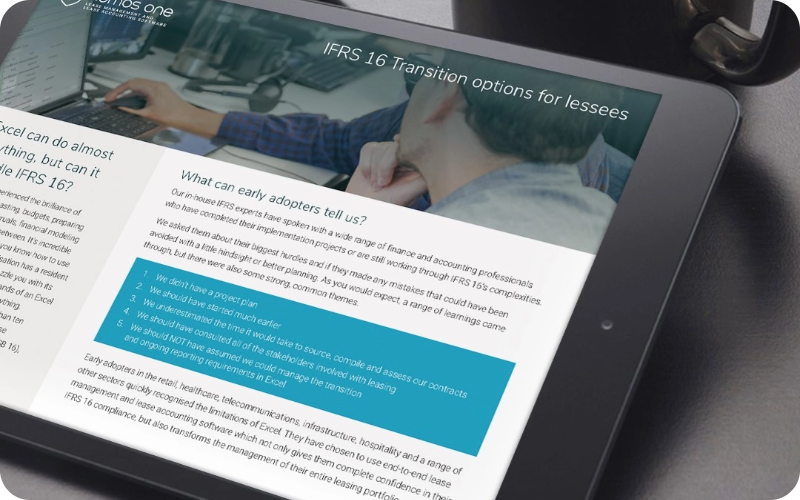IFRS 16 is complicated. When it comes time to review your balance sheet and profit and loss accounts at the end of the reporting period, it can be challenging to get an intuitive feel for how these numbers are made up. This isn’t surprising, as up to 50 different components can be included in an individual lease agreement calculation, and this is before we start accounting for any changes to this information.
That’s why we have put together the three most important reasons your team needs to include the Daily Calculation Report (DCR) as part of your Nomos One lease accounting toolkit.
Getting to grips with the detail
The DCR uses the language of accountants to establish precisely how each balance sheet and profit and loss account is calculated over every day of the lease. This spreadsheet uses formulas & cell referencing to give the entire financial model of the lease for the information currently entered through the agreement.
This allows users to get in behind the numbers and see how their balance sheet accounts are calculated at a time that otherwise would be a number on a screen.
Understanding the payment series (the bread & butter of lease accounting)
If you want to understand something, first you need to understand its underlying mechanics.
The mechanics of lease accounting all come down to the payment series. The payment series is the projected lease payments extending over the expected life of the lease, and these payments are then discounted back to reflect the lease liability.
As the payment series extends into the future, assumptions have to be made around what the rent might be when there are lease events such as CPI rent reviews, market rent reviews etc. New information is added to the model as the future becomes the present. Adjustments are made to the payment series to reflect the actual rent amounts agreed upon following the market rent review (for example).
The DCR has a tab showing all of the different payment series that have been active at various points during a lease’s life. This allows a user to quickly check changes made to the payment series and review that the current payment series makes sense.

Scary season is here and while an accountant costume may not scare many people, here are three lease accounting challenges that will frighten any finance professional.
1. Balance sheets that don’t balance
This horrifying image is enough to send any accountant into a spin. When all the journal entries balance and everything reconciles, yet total assets don’t equal liabilities and equity – what’s happened? Hint: Put an unbalanced balance sheet in your window when you share screen to deter any accountants from bothering you.
2. Hard-coded numbers in an Excel document
Tracing an amount back to its source can be rewarding, but when it turns out that ‘some number’ has been typed in, that’s not from the data source, it will send chills down the spine of an accountant. Accountants like to understand where numbers come from and to explain them all, but formulas with rogue amounts added in make this difficult.
3. A missed deadline
Monthly or annual reporting cycles only run smoothly when each milestone along the way is met and on time. So, when a deadline is missed through a task not being done or a document not sent through on time, accountants will turn inside out.

Avoid these terrifying situations (and let the accountants rest easy)
Does your business have leased assets? Do you need to report on these under IFRS 16 (AASB 16)? Nomos One is your lease accounting and lease management solution that can spare your accountants from the horrors of lease accounting challenges. Book a demo today.

























